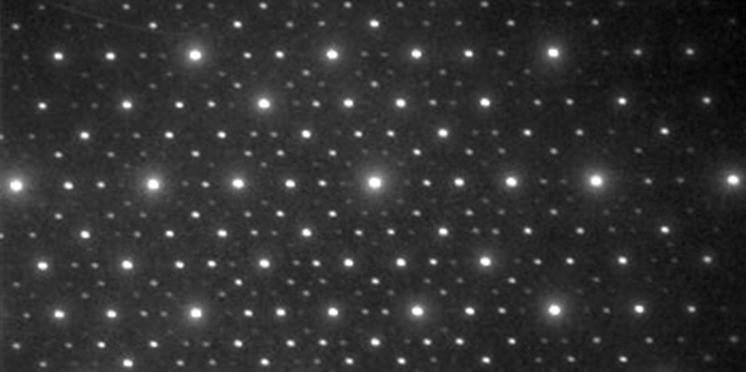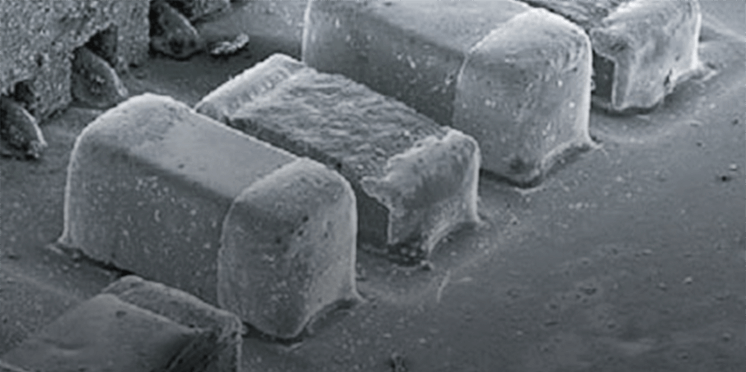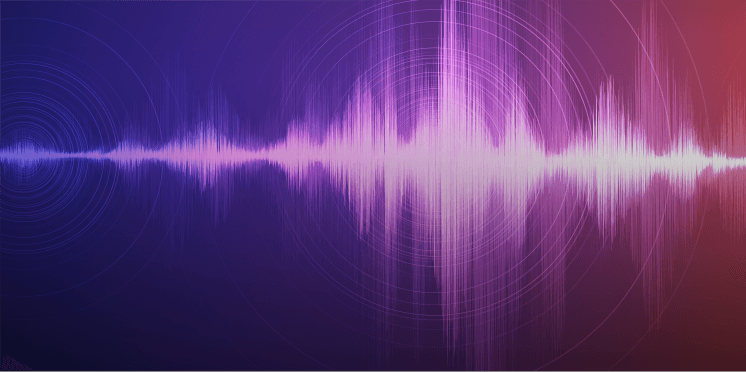フラッシング
フラッシング
flashing
[目次:照射系(電子銃/高圧系)]
冷陰極電界放出型電子銃(CFEG)では、ショットキー型電子銃の場合のようにエミッタに通電して加熱しながら使用することをしない。そのためエミッタ表面へのガス吸着やイオンスパッタなどにより表面状態が変化し、放出される電流量が減少するなど不安定になる場合がある。これらエミッタ表面の吸着ガスやイオンスパッタによる微細な突起を、エミッタ加熱によって除去する作業を“フラッシング”と呼ぶ。フラッシングを行った直後の清浄なエミッタ表面はすぐにガス吸着が始まり、仕事関数は大きくなり放出電流は急速に減少する。そのためフラッシングからしばらく時間をおき、エミッタ表面が吸着ガスに薄く覆われて放出電流が安定してから(多量のガスが吸着するまでの間)使用することが多い。
近年ではエミッタ周辺の残留ガスを減らすことにより、フラッシング直後の清浄なエミッタ表面を維持し安定して使用できるCFEGが開発されている。このようなCFEGは、フラッシング後の待ち時間がないことや、エミッタ表面が清浄で仕事関数が低い状態で使用できるので、輝度が高く保たれ優れている。
The cold (cathode) field-emission electron gun (CFEG) is operated only under an electric field without heating the emitter, while the Shottky type electron gun is used by heating the emitter. Thus, the emitter surface of the CFEG suffers gas adsorption and ion sputtering, leading to a decrease of the emission current and an unstable emission current. To remove adsorbed gasses and surface roughness due to ion sputtering, the emitter is heated. This procedure is called “flashing.” In the existing CFEG, immediately after flashing, the work function of the emitter becomes large and the emission current decreases due to gas adsorption onto the clean emitter surface. Thus, the CFEG is usually used after the emission current becomes stable with the emitter surface being is covered with a thin absorbed-gas layer, and is used until its emission current is lowered by absorption of many gasses.
In recent years, a CFEG has been developed, whose pressure of the residual gases in the vicinity of the emitter surface is low. The newly developed CFEG achieves no waiting time after flashing and a stable emission current with less contamination by maintaining the work function small. It provides a high brightness electron beam for a long operation time.
関連用語から探す
説明に「フラッシング」が含まれている用語






